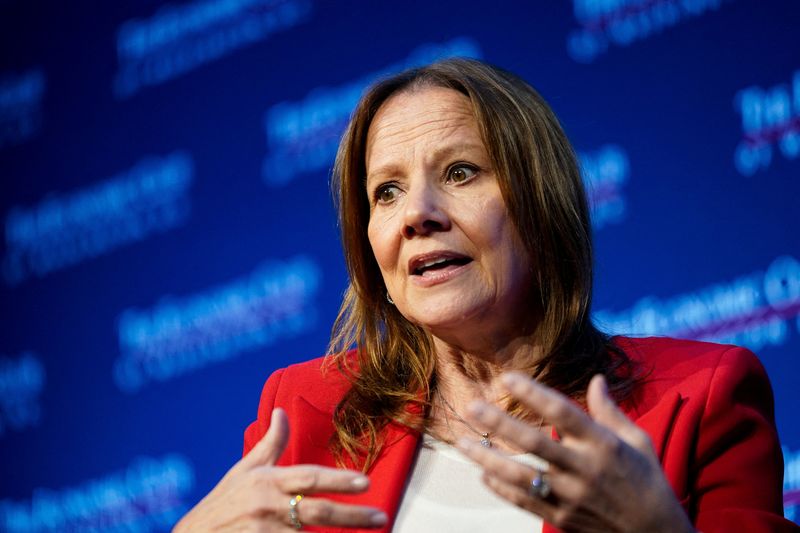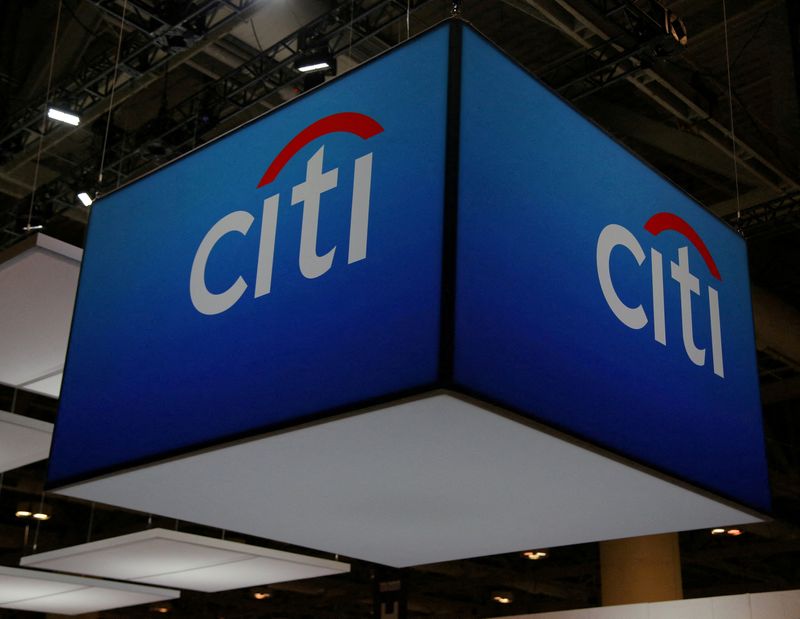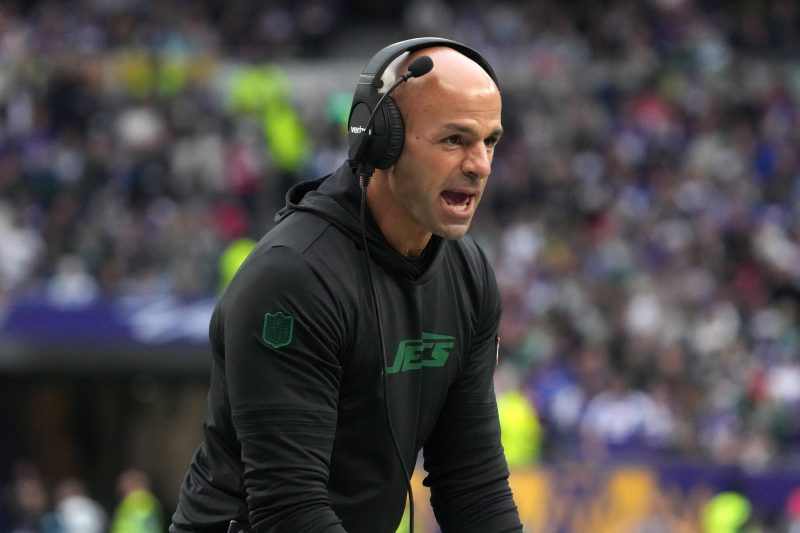GM CEO assures investors more profitable days are ahead

By Nora Eckert
DETROIT (Reuters) -General Motors CEO Mary Barra sought to soothe shareholder worries that lagging demand for electric vehicles and perceived peak demand for gasoline-powered trucks will create a rough road ahead for the automaker.
Barra emphasized at an investor day on Tuesday in Spring Hill, Tennessee, that profit margins have not peaked on traditional internal combustion engine (ICE) powered vehicles, and its EV sales are ramping up, something sources previously told Reuters would be outlined. That includes 2025 profits in the same range as 2024, she said.
“I believe before the day is done, that you’ll agree that GM has plenty of upside relative to the consensus view that the auto industry has reached peak profitability,” Barra told investors.
Shareholders were eager for more details on the automaker’s restructuring in China, as well as updates around its Cruise autonomous vehicle operations, which have struggled since an accident when one of its self-driving cars dragged a person.
Barra said it is reducing inventories in China and improving sales, but didn’t give additional details on the restructuring efforts there. Cruise has resumed supervised driving in select cities, she said. Pressed for more details about Cruise, GM Chief Financial Officer Paul Jacobson said the business is expected to lose no more than $2 billion in 2025.
The slower-than-anticipated EV transition has caused many automakers to adjust plans, including GM and rival Ford (NYSE:F), and GM’s messaging on Tuesday focused less on aggressive growth and more on stability.
GM President Mark Reuss took a jab at Ford, which has established a specialized unit to bring down the cost of its EVs, called its “skunkworks” team.
“We don’t need to create a skunkworks to create affordable electric vehicles,” Reuss said, highlighting how GM has brought down costs on its EVs through reducing the number of parts per vehicle, among other measures.
Last month, GM and Hyundai (OTC:HYMTF) signed a non-binding memorandum of understanding to consider ways to “leverage their complementary scale and strengths to reduce costs and bring a wider range of vehicles and technologies to customers faster.”
While EV demand has lagged since Barra set lofty production and profitability goals three years ago, she said GM still expects EVs by year-end to achieve positive variable profitability, which is revenue minus costs like labor and materials.
Jacobson said GM expects softer pricing in 2025, and operating losses on EVs to narrow by $2 billion to $4 billion. GM received about $800 million in manufacturing credits from the Inflation Reduction Act this year and it should grow from there, he added.
GM shares closed up slightly at $46.01.
“A lot of the presentation was focused on reducing complexity, and that leads to lower cost and greater profits, so that’s all favorable,” said Tim Piechowski, portfolio manager at ACR Alpine Capital Research, a GM investor.
Meanwhile, Reuss said GM isn’t missing out by forgoing hybrids in the near-term, unlike Ford and Toyota (NYSE:TM). Demand for gas-engine vehicles is strong, and emissions requirements don’t ramp up until 2027, when GM will introduce plug-in hybrids, he said.
One focus at GM’s event is its Ultium Cells battery technology, which investors saw during tours of the battery and EV assembly operations at the company’s Tennessee plant.
The automaker will no longer use the Ultium name on its batteries, Kurt Kelty, head of battery cells, said. Moving forward, GM will be more flexible with battery chemistry and configuration, he said. Moving away from the Ultium name is significant for GM’s branding of EVs, especially after the company highlighted it in Super Bowl advertisements.






